Welcome to How to Find Happiness, Lesson 3. The Science of Happiness: How to Live Your Best Life.
This installment in our How to Find Happiness series focuses on the science of happiness, including the components of happiness, what each means for us, facts we should know, myths we should ignore, and lessons that will help us find more contentment.
How to Find Happiness, Lesson 3: The Science of Happiness
We’ve figured out areas of well-being to focus on (Lesson 1), and we’ve got a full tank of personal energy (Lesson 2).
What’s next? As with any journey, it’s essential to know both where we are starting and where we want to wind up before we hit the road.
So, Lesson 3 is all about the science of happiness, including defining that sometimes ambiguous destination we are all striving to reach.
We will focus on understanding what happiness means for each of us, where we currently sit on the happiness spectrum, and the specific areas we will each need to focus on to build a happy and contented life. We’ll also review facts and lessons documented in the science of happiness to help ground us in truth as we move ahead.
Questions we will answer together include:
- What Is Happiness?
- Am I happy? Why or why not?
- When am I the most happy?
- What Happiness Lessons and Facts will facilitate my journey?
- Which Happiness Myths must I ignore?
- What specific changes and actions will help me get closer to my personal goal of happiness and contentedness?
If you would like to start this series from the beginning, go to How to Find Happiness: 10 Lessons to Change Your Life.
What Is Happiness?
Let’s start with the most fundamental question.
It seems like it should be easy to define, but it can be quite difficult to articulate what we each believe happiness to be.
And as we begin to think about happiness, even more challenging questions often arise.
Recently, those who study the science of happiness have discovered increased significance in the connections between mental, physical, and emotional health. This has spurred a dramatic increase in research and study on the subject of happiness in the last two decades.
As a result, resources to consult on the subject abound.
In fact, interest in the study and science of happiness has expanded so tremendously that there is now an entire specialty devoted to it: positive psychology.
This post will provide you a summary of essential findings from the science of happiness and guidance about how to apply this information to your own personal happiness journey.
The Science of Happiness: Happiness Defined
Happiness may encompass contentedness, satisfaction, well-being, a feeling of belonging; but also joy and a host of other emotions. Although we all experience mood swings, when we are happy, we generally find ourselves in a positive state of mind.
But beyond a positive emotional state, to be completely happy, humans also crave a deeper sense of meaning in life, what is often described as a “feeling of purpose”.
When we ask ourselves “Am I happy?” we may often be unable to answer definitely. And we may not understand why a clear answer is obvious.
Fortunately, there’s research that can help us understand why our answer may often be “Yes and No”.
These findings will also help each of us more easily get to a place where our answer is a resounding YES more often. So, let’s get to it.
The Science of Happiness: Two Kinds of Happy
Positive psychology experts believe that there are two distinct forms of happiness.
The first type of happiness is impacted by temporary, more superficial things like acquiring possessions and our current circumstances (am I on a vacation? am I doing something I enjoy?).
This type of happiness, known as affective happiness, often shows itself in our mood and by our facial expressions.
This type of happiness can be volatile and can change suddenly.
When we consider our affective happiness, we may tend to compare our circumstances to those of other people.
The second type reflects a deeper form of satisfaction.
Having a sense of purpose, a passion in life, a feeling that we contribute positively to society can all impact this type of happiness, known as evaluative happiness.
Our level of evaluative happiness tends to be more constant over time.
When we think about our level of evaluative happiness, we are likely to compare our lives to the best life we can imagine for ourselves.
Understanding these two types of contentment helps explain why we are often unsure how happy we really are.
We can be very satisfied with our life circumstances, and have a high degree of affective happiness, but crave more meaning and purpose. Or vice versa.
Let’s look at both situations a little more closely.
When We Lack Evaluative Happiness
Some of us may present the impression of being happy and content. But we may struggle with an inexplicable longing.
Perhaps we don’t believe we’ve lived the best life we can live.
We may characterize this as a feeling of “Is this all there is?” If this describes how you feel, you will benefit from identifying changes that may improve your evaluative happiness. To align your life to your passion and purpose. We will spend more time exploring ways to seek out this type of happiness and fulfillment in Lesson 4.
When We Lack Affective Happiness
On the flip side, there are those of us who feel a deep sense of fulfillment in our work and/or relationships, but simultaneously often feel and behave grouchy, anxious, worried and stressed.
People may describe us as grumpy or negative, and we may often feel as though we are in a bad mood even though we have a life full of purpose.
If this describes you, you will benefit from identifying ways to improve your affective happiness.
We’ll talk about fitting remedies and strategies to satisfy this need in Lesson 5.
The Science of Happiness: Happiness and Flow
The study of happiness also requires an understanding of the concept of flow. Scientists say that we enter a state of flow when we are fully absorbed in something we’re doing. This often happens when we are engaged in activity that we find truly enjoyable or fulfilling. These are the occasions when “time flies”. Some positive psychology experts believe that being in a state of flow is actually synonymous with being happy.
It stands to reason that the more time we spend in a state of flow, the more happy we will be, overall. So we should all be out there, seeking flow as often as we can.
Finding Flow
Unfortunately, finding flow is very seldom at the top of our priorities. We spend much of our day working, doing chores, and meeting the needs of those around us. These activities which we must do rarely align with the activities that bring us to a true state of flow.
After too many years of this kind of living, we may not even remember the things that truly bring us pleasure, that we can immerse ourselves in completely.
But it’s important that we do, because doing things we enjoy, and having fun, are closely connected to finding flow. And finding flow is closely connected to happiness.
When we are absorbed so deeply that we don’t notice time passing, when we are in this ideal state of flow, our mental state is positive and peaceful. We’re not spending one iota of energy on self-absorption or self-flagellation. The “negative self-talk” voice is nowhere to be found. We’re completely involved in what we’re doing, we know what we need to do and how to do it, and we know it’s doable. Our worries and concerns fade, and there is no background soundtrack going on.
Scientists have also shown that achieving the state of flow has a whole gamut of positive side effects including not only improved happiness but also higher productivity, better decision making and improved physical health.
I think we all must have a different minimum daily requirement for “flow”. But I think we all have one thing in common. If we go too long without it, we forget how to get outside our heads. We forget how to dive deeply into anything.
The Science of Happiness: What to Do to Find Flow
What we do to achieve a state of flow will vary. But finding the right balance between something that is challenging and rewarding is key for all of us. It could be working on a crossword, gardening, reading, woodworking, playing an instrument, writing a blog (smile).
When we are totally absorbed, and don’t notice time passing – and stop thinking about ourselves – we’re in it – we’re in “flow”. And we emerge refreshed and energized.
Take notice the next time you find yourself emerging from a state of flow. What were you doing? How can you get more of it in your life?

Our Attitude About Happiness
Another key to our journey is examining and if necessary, adjusting our own attitudes about happiness.
Many believe happiness is a simple choice, and that it is our obligation to choose it, regardless of our circumstances.
This can be a little tough to swallow. But if we are able to embrace this mind set, it can certainly accelerate our journey to happiness and contentment.
Many of us, however, may find it more reasonable to adopt a slightly modified attitude: that it is our responsibility to do the work and invest the energy that will help us to be the most happy and positive people we can be.
To know we are not only worthy of happiness, but are responsible for experiencing it in every moment, to the best of our ability.
To believe that happiness is not only within our grasp – but that reaching out for it can be a choice we can make, today and every day.
Are You Ready?
So, are you ready to do some enjoyable work to fulfill your responsibility? To take things into your own hands?
The questions at the end of today’s post will give you just that opportunity.
But first, we have a few more happiness topics to cover. Let’s tackle the two basic happiness lessons next.
The Science of Happiness: Happiness Lessons
There are two primary “happiness lessons” that are essential to a successful journey ahead. These lessons are simple to understand but can be difficult to accept and keep at the front of our thinking. We may have to repeat these from time to time until they sink in.
The First Happiness Lesson
The first lesson, and the most basic, is that we are responsible for our own personal happiness.
It sounds obvious, but we spend much of our lives waiting for people or things to show up to “make us happy”.
We must not assume a purchase or materials good will make us happy.
Similarly, we must not put responsibility for our happiness onto our partners, friends, children, or parents.
Tough to swallow, but we must be clear on the work that will help us move towards our goal, and the faulty assumptions that may derail us.
“Perhaps the biggest source of unhappiness stems from the idea that there is someone out there who will meet all of our needs, because it turns us into needful children, waiting to be fed. We are not vessels in need of filling up, we are persons in our own right with resources of our own.” -Merle Shain
How many times do we find ourselves thinking: “I’ll be happier when…” or “I’ll be happy if…”. Whether it’s true love, relief from illness or injury, a million dollars, a fulfilling career or retirement – science has proven that none of these things will make us significantly happier.
The Second Happiness Lesson
The second lesson is that we most definitely are not responsible for other people’s happiness.
This includes our partners, parents, and children.
Many of us have spent a good part of our lives attempting to please others. It’s exhausting, and impossible.
Nothing we do can truly bring another person happiness.
Good deeds and loving acts can comfort a person, or perhaps magnify a happiness that already exists, but nothing we do can make an unhappy person happy.
The bottom line is that we need to do good acts because we want to do good acts; and we must do kind things because being kind makes us happy, ourselves.
But we must not expect our actions to materially impact the happiness level of another person.
The Science of Happiness: Myths
In addition to mastering these two basic happiness lessons, it’s important that we dispel some common myths about happiness as we embark on this journey.
Here are 8 examples of happiness myths that must disregard:
- That how much money we make, whether we have a significant other, or how healthy we are has an impact our happiness.
- Any sentence that begins with “I will be happy when…” (I have a new job, find a new relationship, buy a house, have more money, etc.) is untrue.
- Happiness is driven or limited by genetics.
- We are happier when we have more choices.
- Happy people are naïve, foolish, and never have negative thoughts.
- People who are happy have fewer tragedies, losses, or adversity in their lives.
- I am “unlucky” and therefore, cannot be happy.
- Happiness peaks when we are young.
The Straight Scoop
It’s reassuring to know that none of the above is true.
Achieving goals may provide a temporary, modest happiness boost – but the boost is not as significant and doesn’t last as long as people anticipate.
Happy people fail as often or more often than others, since they’re more likely to take chances. They have learned to view setbacks as life experiences and lessons learned. They embrace opportunities to try again.
Happy people are more likely to take responsibility for past failures and hold themselves accountable to achieve better future results.
Although many young people are happy, baseline happiness levels tend to increase as people age. Scientists believe this may be because the shorter “life horizon” encourages older people to live more in the moment. It also encourages them to invest more in personal relationships despite added burdens of physical limitations, illness, infirmity, stress, or financial insecurity.
Happy people are not immune to negative thoughts, nor do they repress them. They acknowledge them when they occur but keep them to a minimum, giving equal or more time to potential positive outcomes.
Happy people do not have advantages over others, and it’s not due to any advantage that they achieved happiness. Many people with tremendous advantages are quite unhappy. And there are also many happy people who barely make ends meet, are fighting incurable diseases, or who have endured indescribable pain and loss. Some of the happiest people we know may very well be carrying heavy burdens that we know nothing about.
Happiness As a Choice
So, what has made the difference?
At some point, happy people made an all-important choice: to lean towards the positive in their thinking, actions, belief systems and values.
They have chosen to take responsibility for their own contentment, release obligations for the happiness of others, and have acted in ways that align with their own personal satisfaction and fulfillment.
These are choices we can all choose to make, starting today. Choosing to read this blog and invest in our own well-being, we’ve made one choice that will help us find the way. So, we’re off to a great start!
The Science of Happiness: Facts
Evidence linking contentment with health and success keeps growing.
Let’s close out our reading with facts to keep in mind as we continue on our journey.
- Women’s happiness dips as they approach 40. It comes roaring back as we approach 50, and peaks later in life. Men’s happiness slumps around the age of 52.
- Experiences (concerts, trips, etc.) bring far more happiness than possessions. Anticipation of a special outing brings far more than looking forward to a major purchase.
- Separating purchase from arrival of a product increases the happiness attached to it. (When it arrives, it feels almost “free”). Think “pre-orders”.
- Watching a sad movie often boosts happiness (it increases our gratitude for our own good fortune and blessings).
- The happiest people in the world are members of the clergy, followed closely by firefighters, and architects.
- Resiliency measures how well a person can withstand hardship. It also reflects how quickly one “bounces back” after disappointment. People with strong social networks tend to be the most resilient. People exposed to stress in a lab suffer less if a friend is with them.
- In general, married people are happier than those who are single. Thirty-six percent of married people with children describe themselves as “very happy”. However, 41% of married people WITHOUT children describe themselves as “very happy”. Makes you wonder, doesn’t it?
Let’s Wrap It Up
The table below includes questions to help you explore your own thoughts more fully and apply what you have learned about the science of happiness.
Before you begin to answer them, review your notes from the last few weeks.
- Which areas of well-being did you decide you need to focus on?
- What kind of energy did you decide you need most to pursue the goal of improving your happiness in those areas?
Now, consider what we learned today about the science of happiness and what contributes to our own personal contentment levels.
Do you want to focus on improving your level of affective or evaluative happiness – or both?
Are you beginning to see any themes that will help you develop a more holistic strategy to achieve future contentment?
See below for more questions that will help you begin to better understand your own personal happiness and chart your course.
Please choose the questions that resonate the most with you and answer them in your notebook.
| Would others describe me as happy? | What type of happiness do I need to focus on building? |
| When do I experience flow? | What 3 actions will I take this week to increase my opportunity to experience flow? |
| Am I taking responsibility for my own contentment or is this something I need to work on? | Are there situations where I’m taking too much responsibility for the happiness of others? |
| What 3 actions will I take this week to demonstrate my commitment to take responsibility for my own happiness? | Which myths may have been holding me back from achieving contentment? |
| What constructive habits that support my current happiness levels must I continue? | What currently detracts from my own ability to achieve flow and personal contentment? |
| Did I learn any new information about this topic this week? | Which facts surprised me? |
| Who would be helpful to talk to about my journey? | Are their people who may distract me from my journey? |
| Do I believe happiness is a choice? | What changes will I make in the next week to demonstrate my belief that happiness is a choice? |
Did you enjoy Lesson 3?
Was it helpful? Did you learn more about the science of happiness? Do you have a clearer sense of where you will focus your efforts in the weeks ahead? Do you feel as though you’ve learned everything you would like to know?
Please leave a comment and share what you are learning with all the rest of us.
After all, we are all on this journey together – and we are all so much more than enough.
If you’re ready to move ahead, let’s do it! Lesson 4 is Life Purpose: How to Find Yours.
Thank you, as always, for reading.
If you haven’t yet subscribed, please visit KindCompassCoach and enter your email address so you never miss a post.
As Amazon Associates, we may receive a small commission (at no cost to you) for items purchased through links in this post.

Joan Senio is the founder of Kindness-Compassion-and-Coaching.com. Joan’s career includes clinical healthcare plus 20+ years as an executive in a nationwide health care system and 15 years as a consultant. The common threads throughout Joan’s personal and professional life are a commitment to non-profit organizations, mental health, compassionate coaching, professional development and servant leadership. She is a certified Neuroscience Coach, member of the International Organization of Life Coaches, serves as a thought-leader for KuelLife.com and is also a regular contributor to PsychReg and Sixty and Me. You can read more about Joan here: Joan Senio.


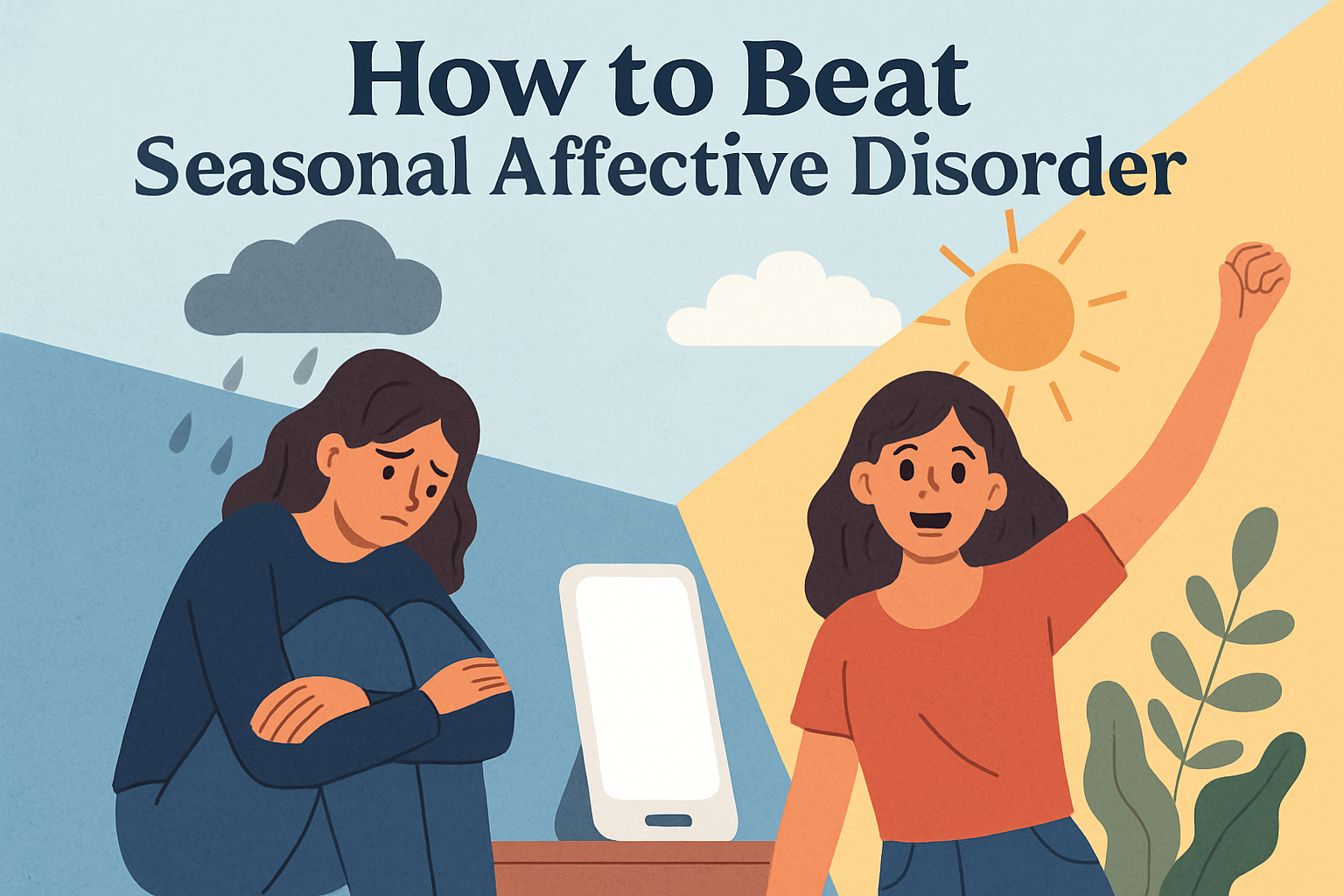


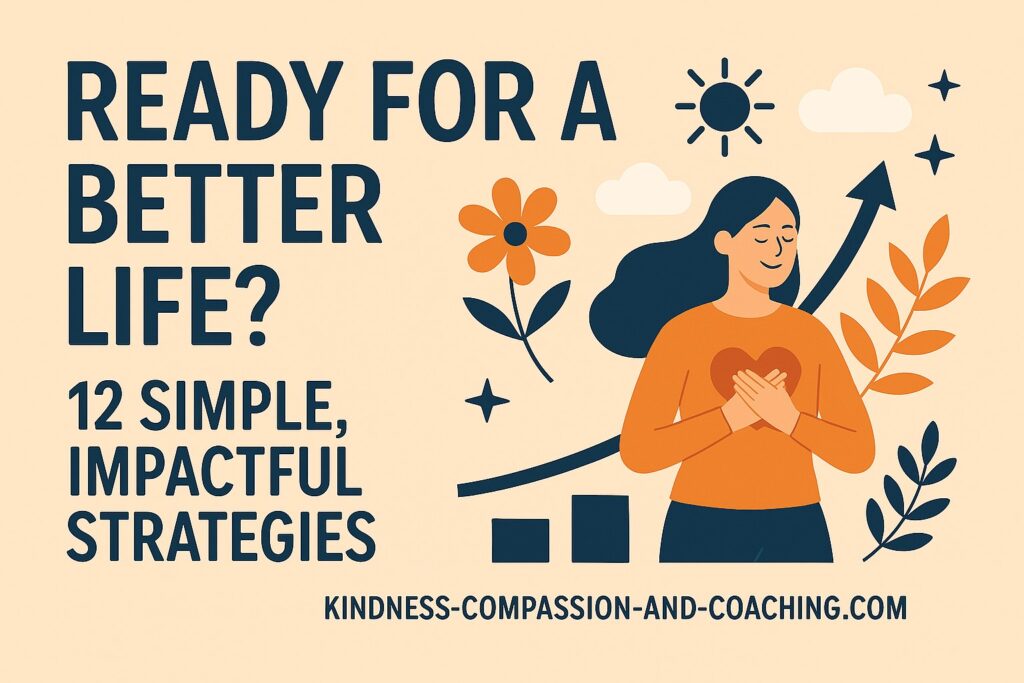
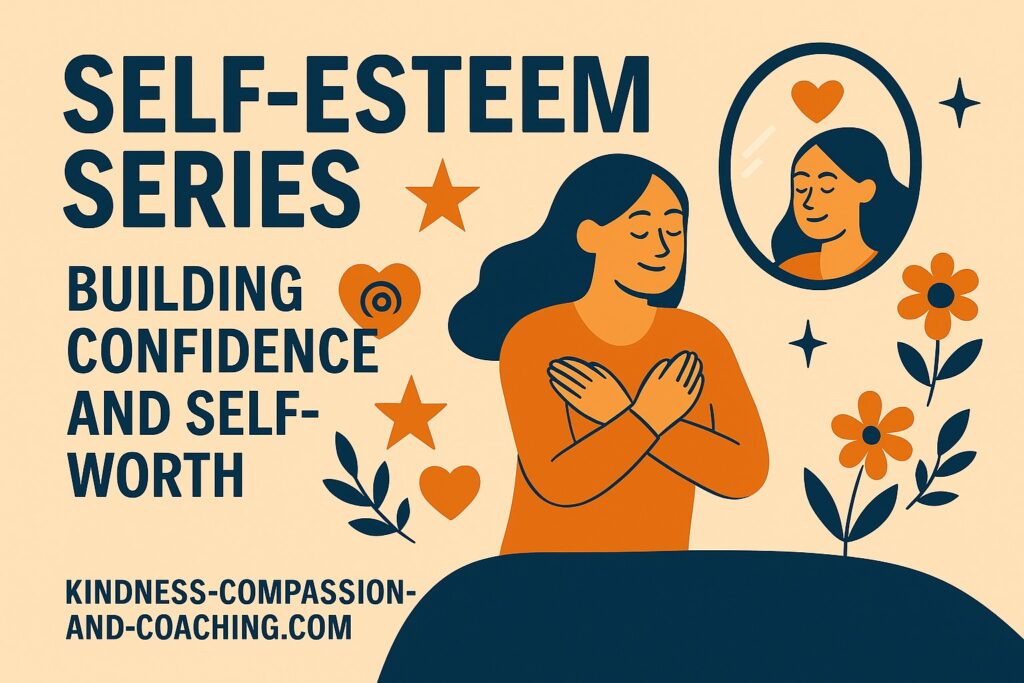
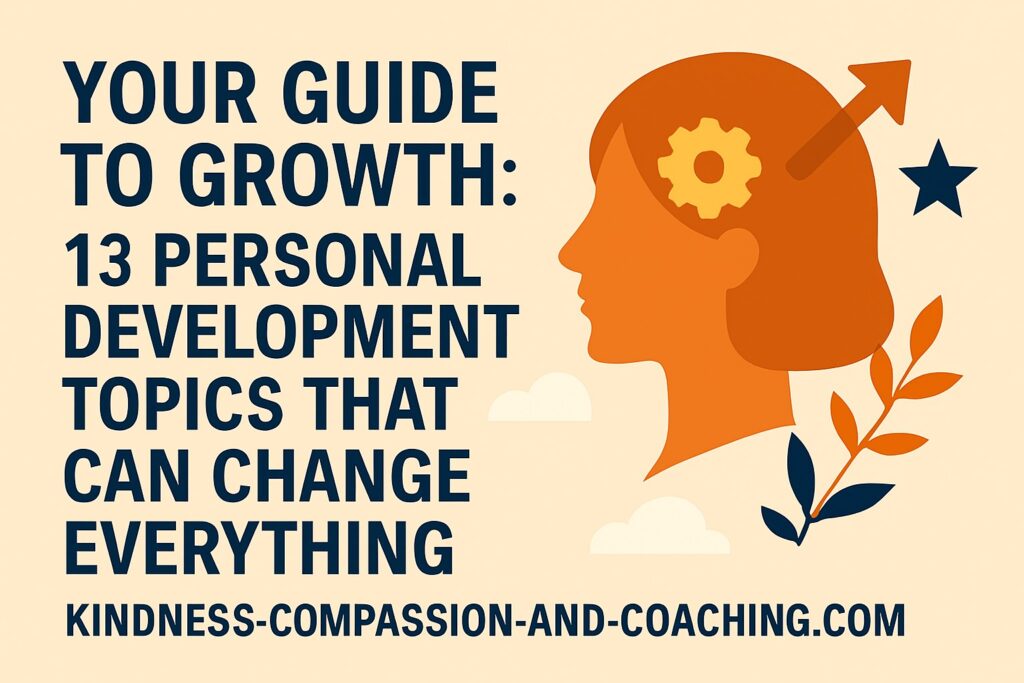
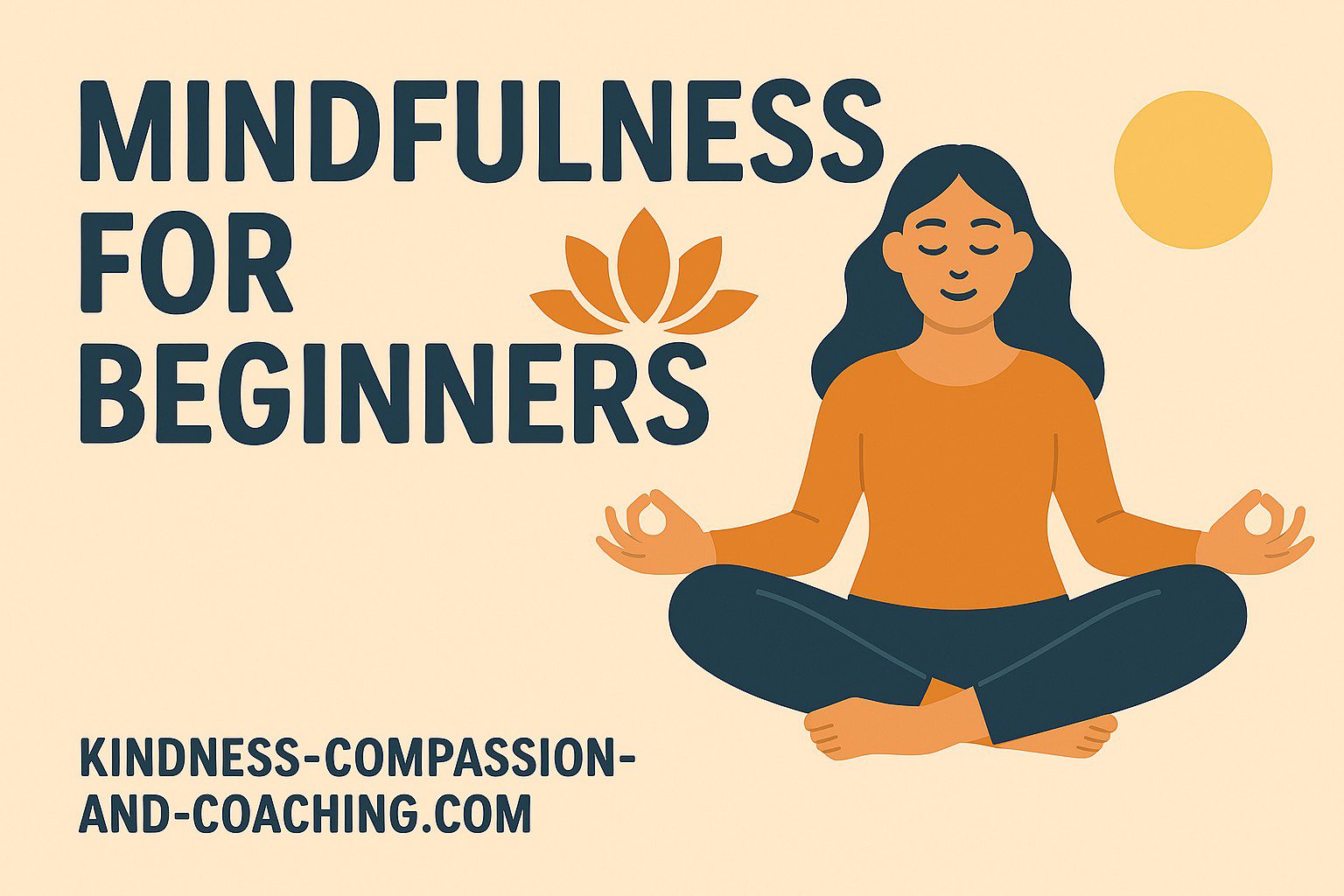
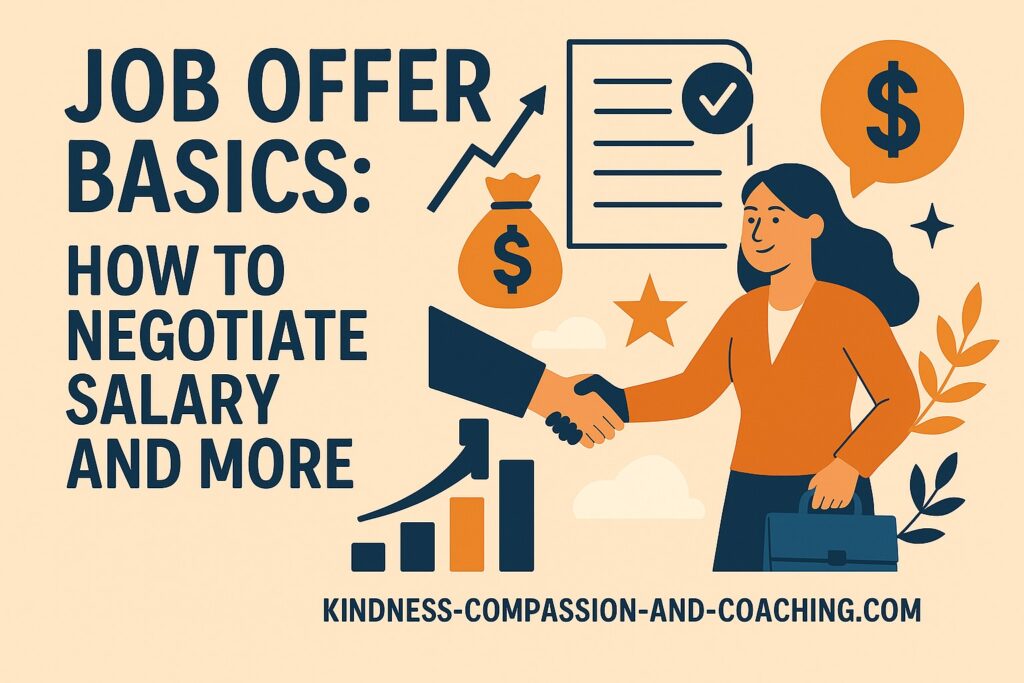
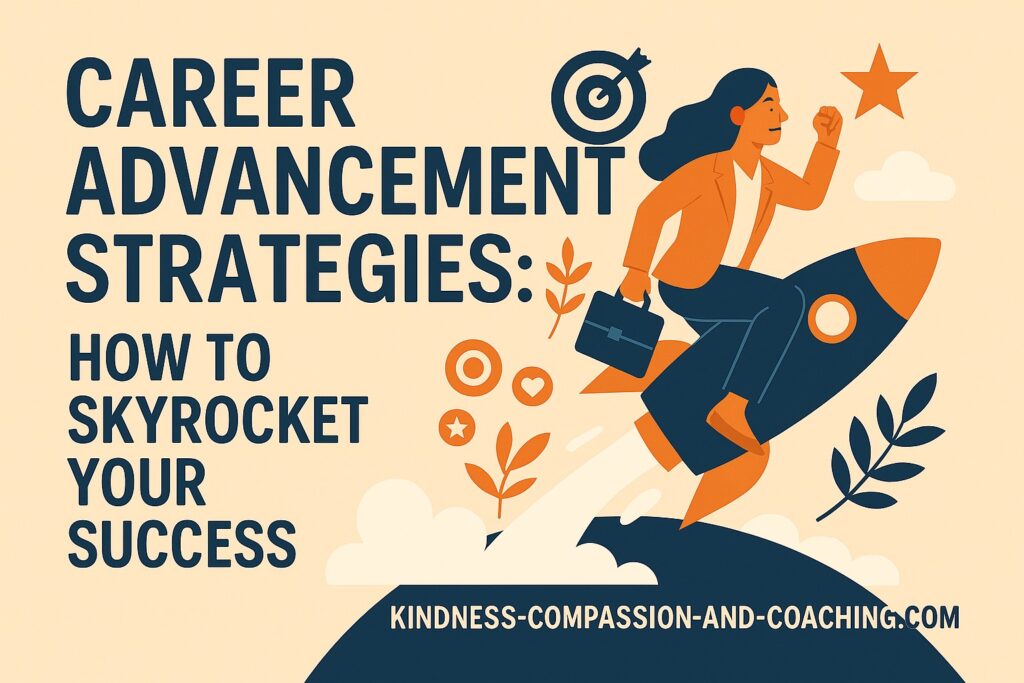
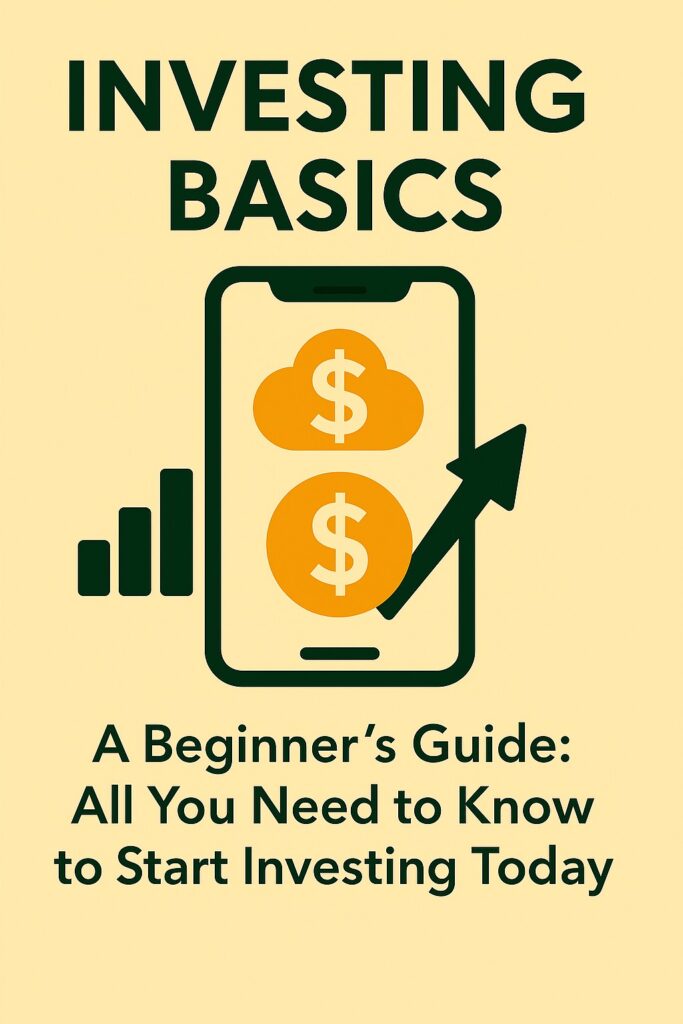
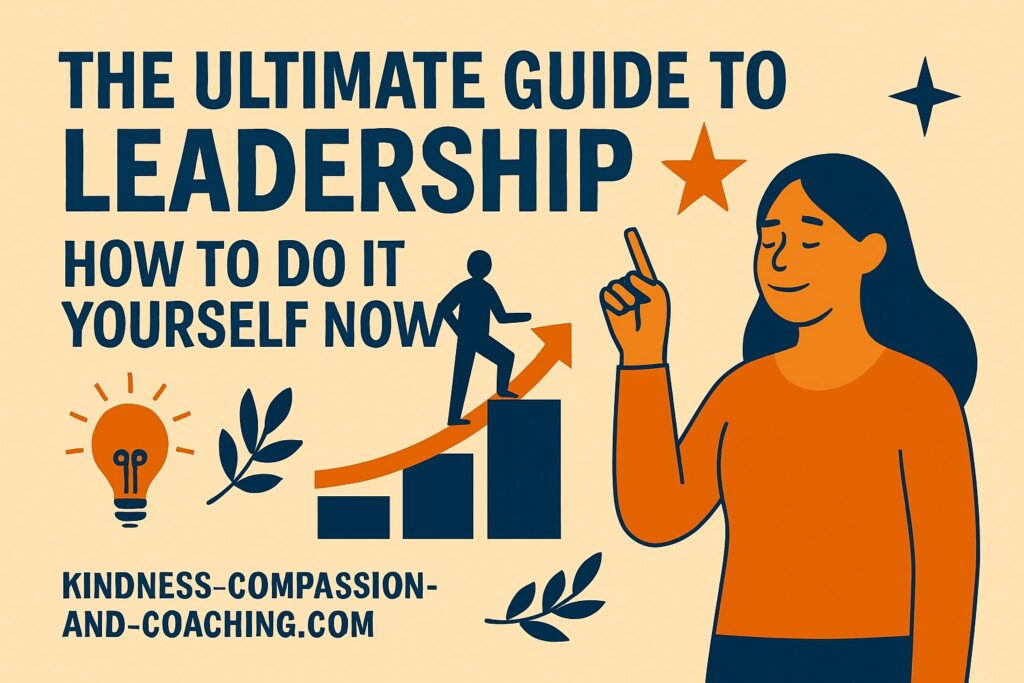
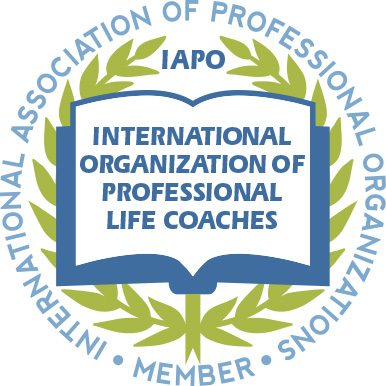


2 Responses
Thank you so much, Lori, I really appreciate your comment. I enjoy your blog as well!
After reading this lovely post. I have come to the conclusion that I am happy.